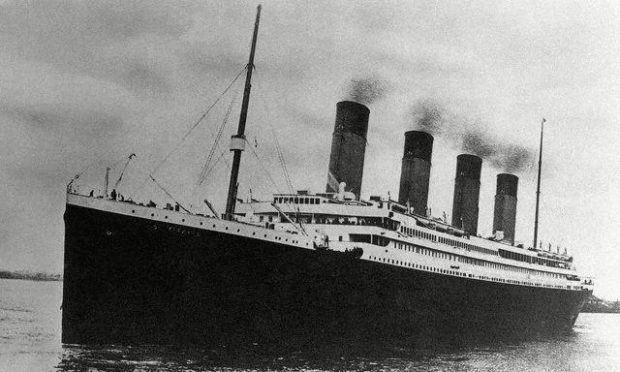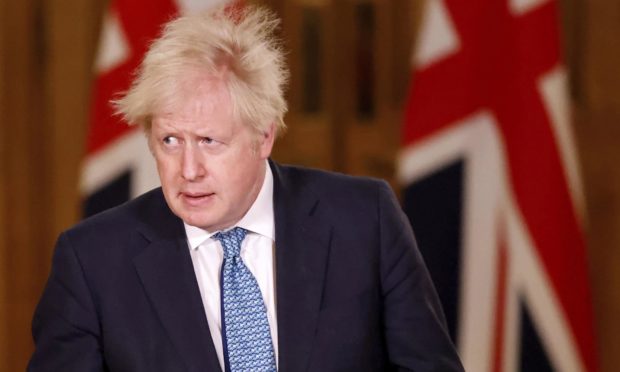“They’re just rearranging the deckchairs on the Titanic”, one SNP source cheekily texted after hearing about the latest episode in Number 10’s union unit soap opera.
The comment came after Westminster exploded with reports last night that the union unit, formerly headed by Luke Graham and Dominic Cummings’ protégé, Oliver Lewis, was being shutdown.
Our readers, of course, already knew this, as we reported two weeks ago that the unit was being folded into the Cabinet Office.
We also learned that Michael Gove’s “union policy implementation committee” was getting a couple of new faces and a new name, the “union cabinet committee” would now also have the prime minister on board in addition to former Brexit negotiator David Frost.
A problem of strategy
The fervour that met the official confirmation of such news told us two things: that Westminster craves a crisis and that Number 10 still haven’t figured out the best way to approach union policy.
After years of Brexit drama and a global pandemic to boot, the Scottish independence debate is now in vogue with London newsrooms. The pages of national titles and magazines pour over the future of the union almost on a daily basis, meaning any comment or staffing change is puffed up and analysed with thousands of words.
But dig deep and there isn’t actually much new in this latest drama, aside from Mr Johnson taking a role on Mr Gove’s cabinet committee – something that really shouldn’t be that shocking, given the PM is also “minister for the union”.
What it does, perhaps, tell us is that just a couple of months out from the most important Holyrood election in the Scottish Parliament’s history, Number 10 are still debating who should head up strategy.
Union Unit Closed for Business https://t.co/Exlv6x9Aos pic.twitter.com/b7zMkUWY3b
— Guido Fawkes (@GuidoFawkes) February 24, 2021
Deploy the love-bomb?
The who is important as there are two schools of thought on how to approach the SNP. One, embodied by Oliver Lewis, was a muscular unionism – using the aggressive tactics of Brexit to win the comms war and use the controversial Internal Market Bill to spend directly in Scotland, “showing Scots” the benefits of the union.
The other approach, favoured by Gove, is to “love-bomb” Scotland – resisting the urge to scrap with the SNP and instead focus on the positives.
Both approaches have been deployed in one way or another during Boris Johnson’s premiership, this latest swing of the pendulum towards Gove will more than likely be followed by a swing back, after a bad run of polls or a bad performance at the Holyrood election.
Stick or twist, Number 10 can’t seem to find a winning hand on the union.

